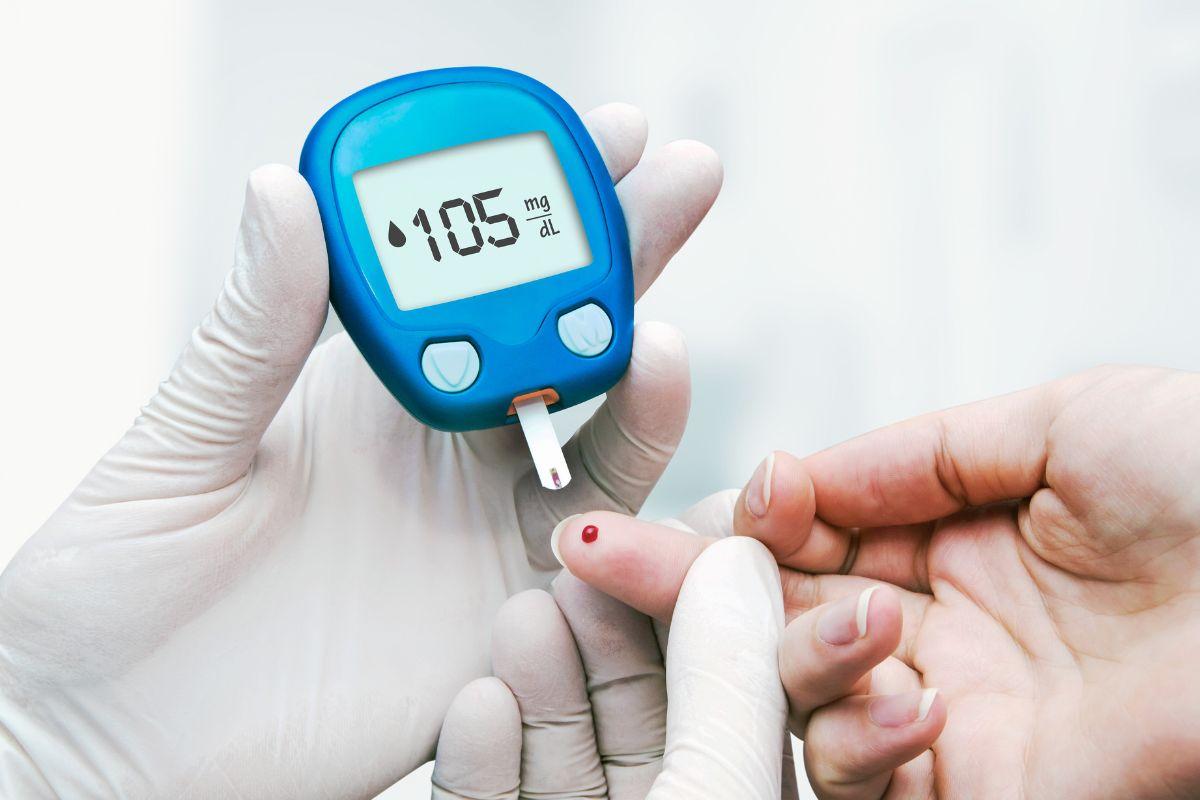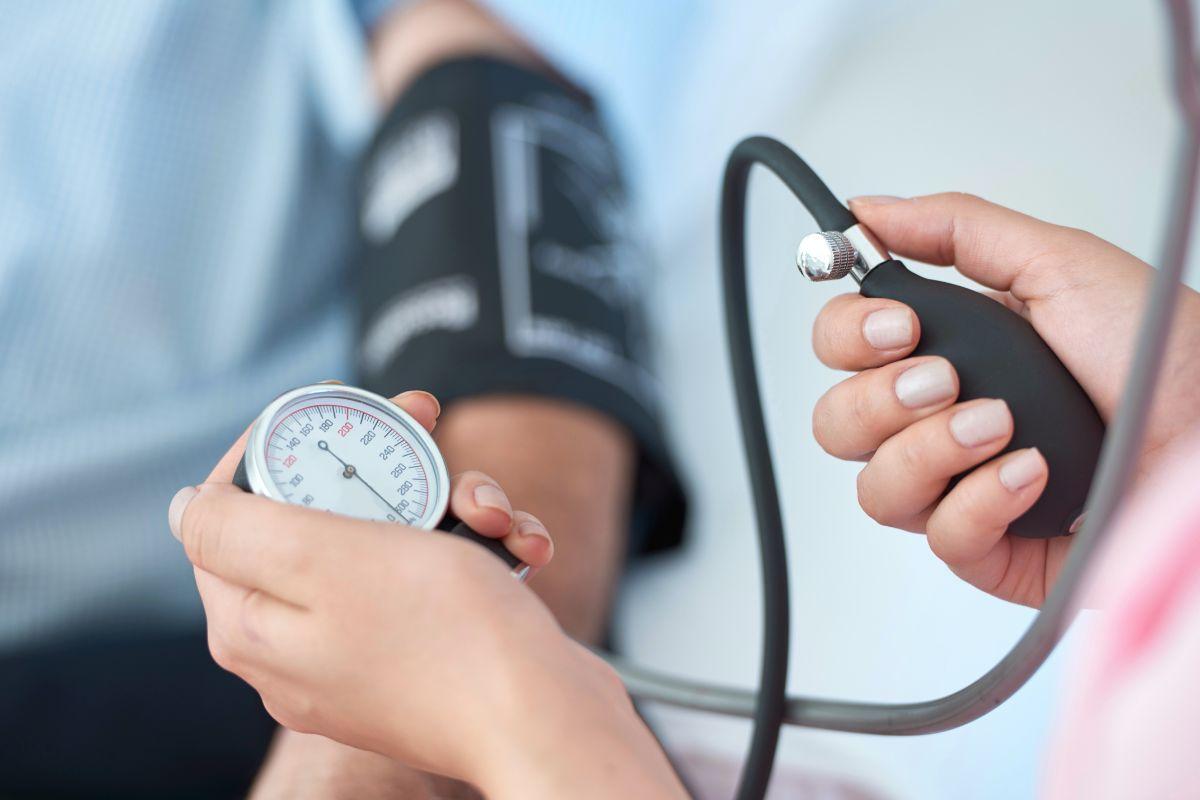Written by Mr Inderpaul Birdi for Doctify
Finding out you need surgery is always scary; finding out you need heart surgery is just plain terrifying. Luckily, things have changed a little since the Fifties when surgeons first carried out the operation. Most people going under the knife can expect longer and better lives as a result with minimal risk during the procedure itself. In the past few years, however, advances have been made meaning that even these small risks can be reduced and recovery times drastically shortened. This technique is called keyhole surgery.
Doctify Cardiothoracic Surgeon, Mr Inderpaul Birdi (cofounder of The Keyhole Heart Clinic) is an expert on both traditional and keyhole heart surgery, so we asked him to talk us through it.
What actually is keyhole heart surgery?
Heart surgery is typically done by a surgeon cutting down the middle of the chest, including a full cut through the breastbone. Whilst most patients cope with this well, it can take 12 weeks or more before the wound is completely healed. These days, it’s often possible to avoid such invasive options and, depending on the specific case, some procedures may be appropriate for keyhole surgery.
A much smaller wound means less surrounding tissue damage, often without any broken bone, which in turn means a faster recovery – sometimes just seven to ten days. Patients will often spend less time in hospital and can return to normal activities more quickly. In addition, the Keyhole option causes less scarring for a better cosmetic outcome. Healthcare in general benefits from keyhole techniques as they reduce the burden of supportive treatment needed following heart surgery. When experienced surgeons perform them, keyhole procedures represent a great example of improvements in healthcare that also save money.
How do you perform the surgery?
The surgeon performs the procedure using the most sophisticated technology available, remotely using small surgical instruments. They are able to monitor every move on a video screen, as pictures are broadcast to the screen from a tiny digital camera inserted through the side of the chest. The surgeon also has a robot at their disposal capable of manoeuvring the camera and holding it perfectly still.

So, what’s the catch?
The possible complications following keyhole surgery are the same as for open chest surgery. Experienced surgical teams like those at The Keyhole Heart Clinic regularly see improved recovery and discharge from hospital, less pain, less bleeding, and less serious wound infection. The main drawback of keyhole heart surgery is the small risk of conversion to the breastbone. This may occur in 2-3% of patients. Only experienced surgeons should perform keyhole surgery as it is a highly skilled procedure.
Is keyhole heart surgery right for me?
You may be suitable for keyhole surgery if you have any of the following conditions:
- Disease of your heart valves
- Disease of your heart arteries
- Heart rhythm disorders amenable to surgical correction (e.g. Atrial Fibrillation)
- An atrial septal defect (hole in the heart)
- You have previously experienced open-heart surgery and now need an operation on your mitral valve where keyhole surgery may well be safer than a repeat cut through the breastbone
- You want a more appealing cosmetic result after your surgery




